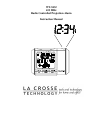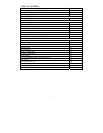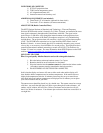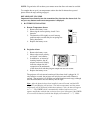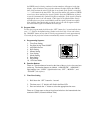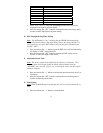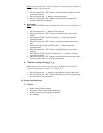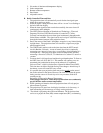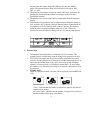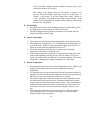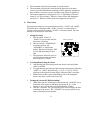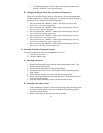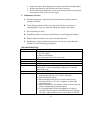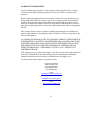10
Clouds with Rain—indicates that the weather is expected to get worse
(not that the weather will be rainy).
The weather icons change when the unit detects a change in air
pressure. The icons change in order, from “sunny” to “partly sunny” to
“cloudy” or the reverse. It will not change from “sunny” directly to
“rainy”, although it is possible for the change to occur quickly. If the
symbols do not change then the weather has not changed, or the change
has been slow and gradual.
D. EL Backlight
1. The projection alarm has an EL backlight designed for night viewing. This
will light up for 2 seconds whenever a button is pressed.
2. The EL backlight cannot be turned on constantly as this would drain the
batteries and burn out the EL light.
E. Indoor Temperature
1. The projection alarm measures indoor temperature with an internal sensor.
2. This temperature is displayed in °F or °C depending on the time format (12
or 24 hour mode). When in 12-hour format, the temperature will be in °F.
When in 24-hour mode the temperature will be in °C.
3. The indoor temperature will take time to adjust to the surrounding
temperature as the sensor is inside the case.
4. If the remote temperature is placed next to the projection alarm more often
than not the temperature will not be exact with one another. This is not a
defect, but simply reflects the difference in measuring methods. The remote
temperature is designed for changing temperature at a wide range.
F. Remote Temperature
1. The projection alarm comes with a remote temperature sensor. When set up
properly the projection alarm will receive and display the remote
temperature.
2. It is important to power up the transmitter first then the projection alarm. If
batteries are removed in the remote temperature sensor the projection alarm
MUST be re-set by removing power sources and re-starting.
3. The remote temperature is measured within the remote temperature sensor
and transmitted to the projection alarm. If outdoor temperature is desired
simply mount the remote temperature sensor outside. It is recommended to
mount the remote temperature sensor on the North side of the house away
from sources of heat or cold (away from direct sunlight, windows, vents,
etc.)
4. The range of the transmitter is 80 feet in open space. While the signal is
able to penetrate walls it will decrease the range. Concrete and metal
structures offer the most resistance.



